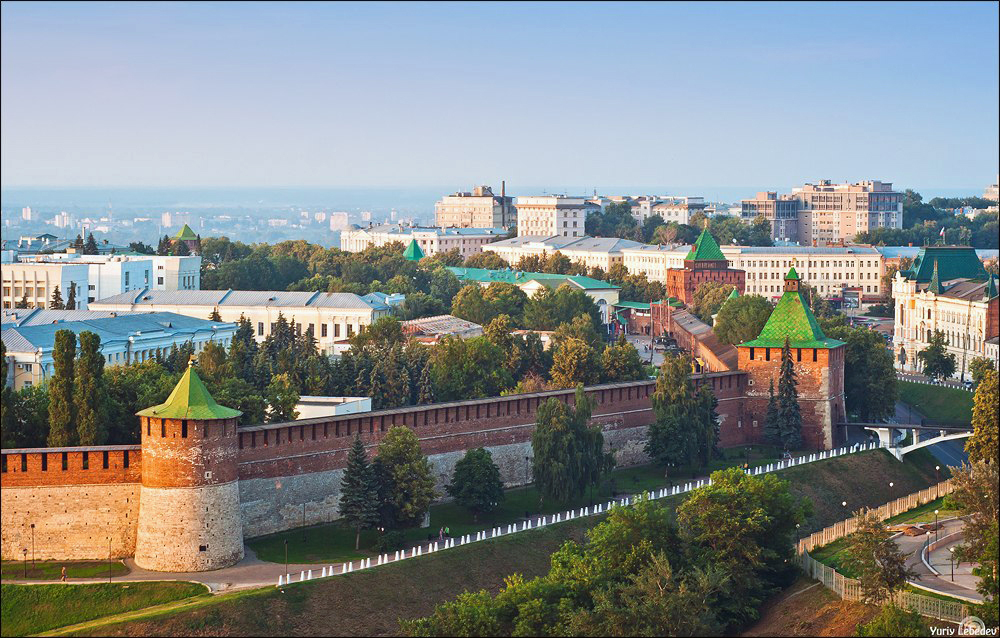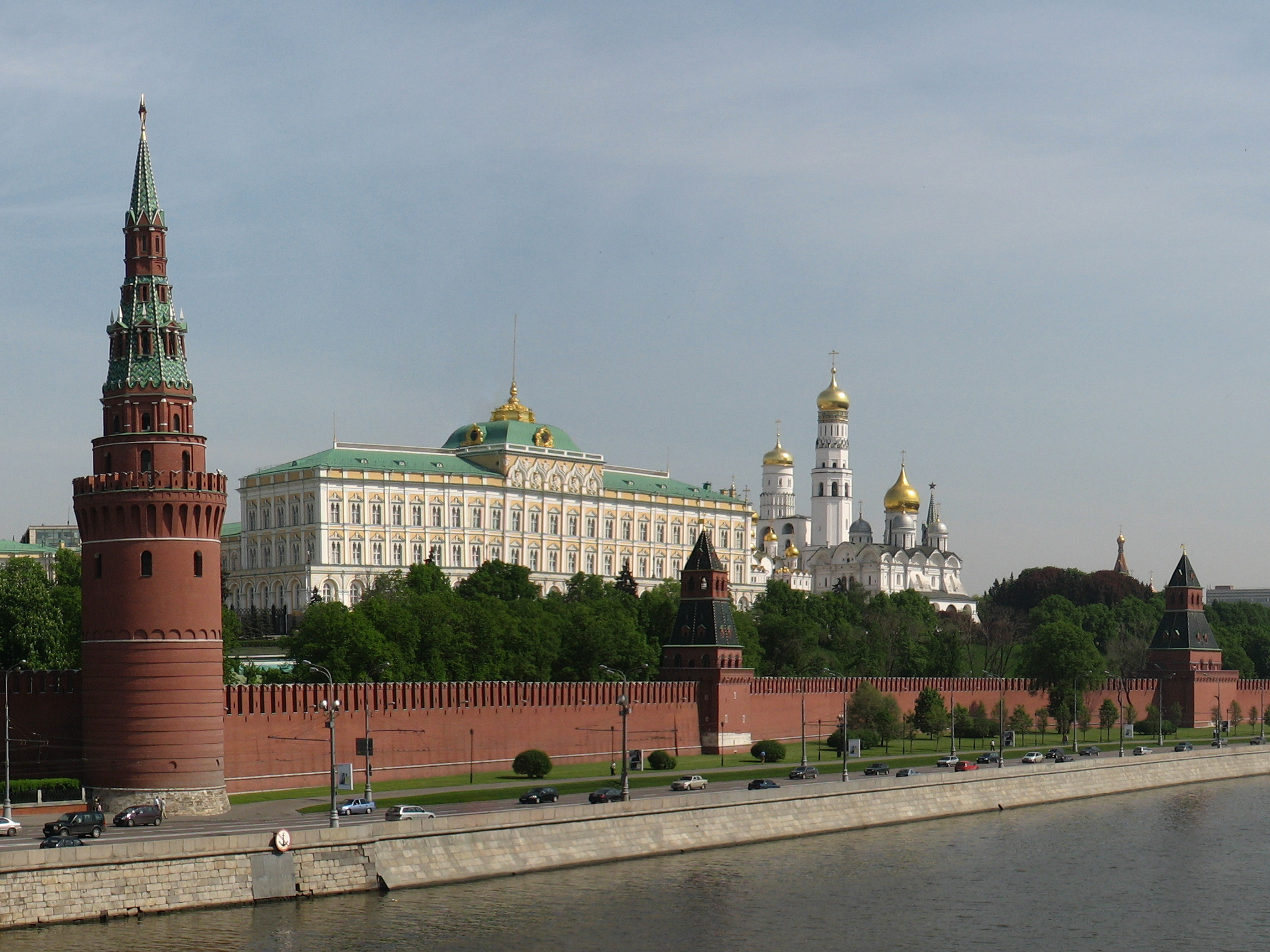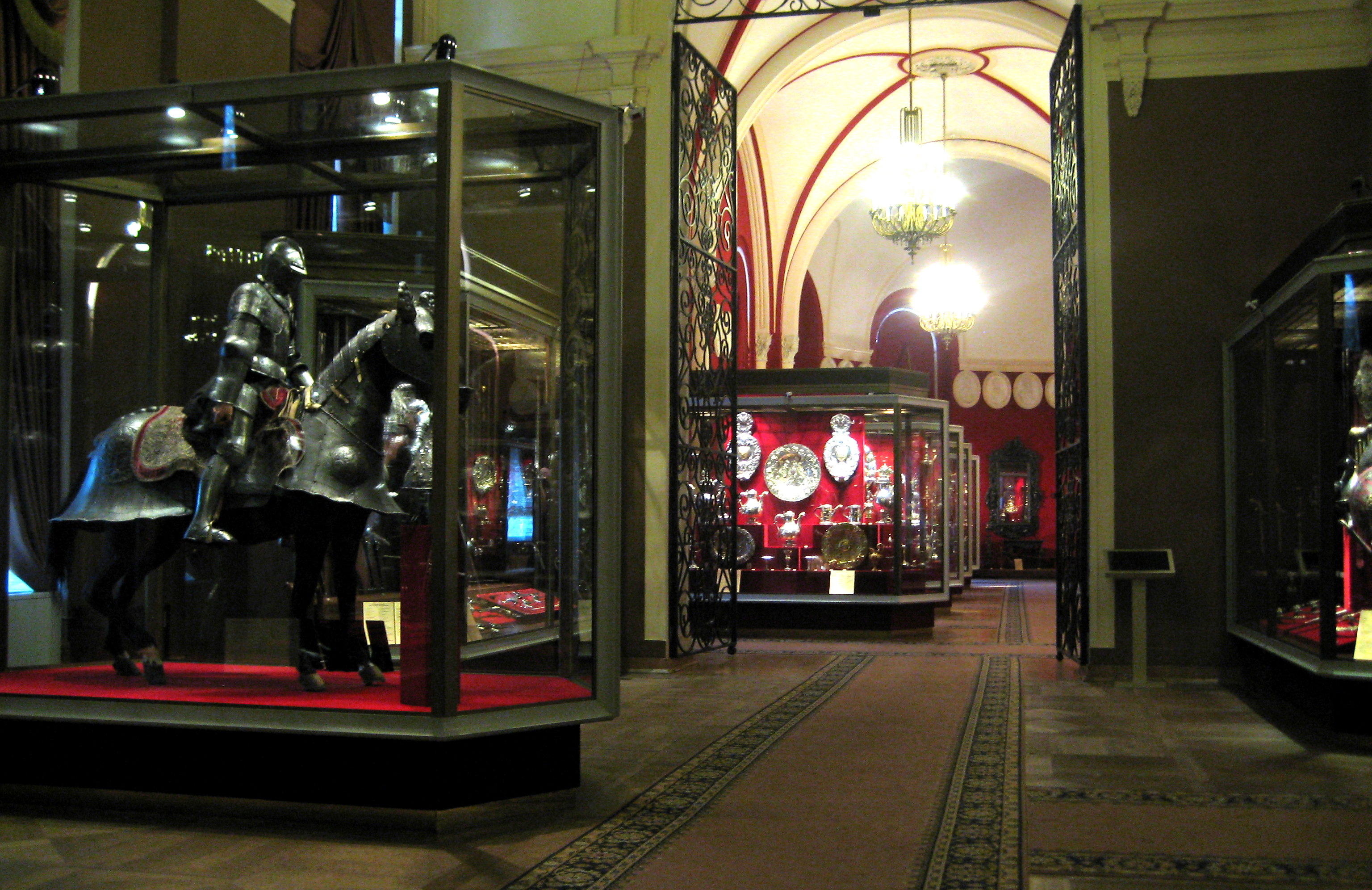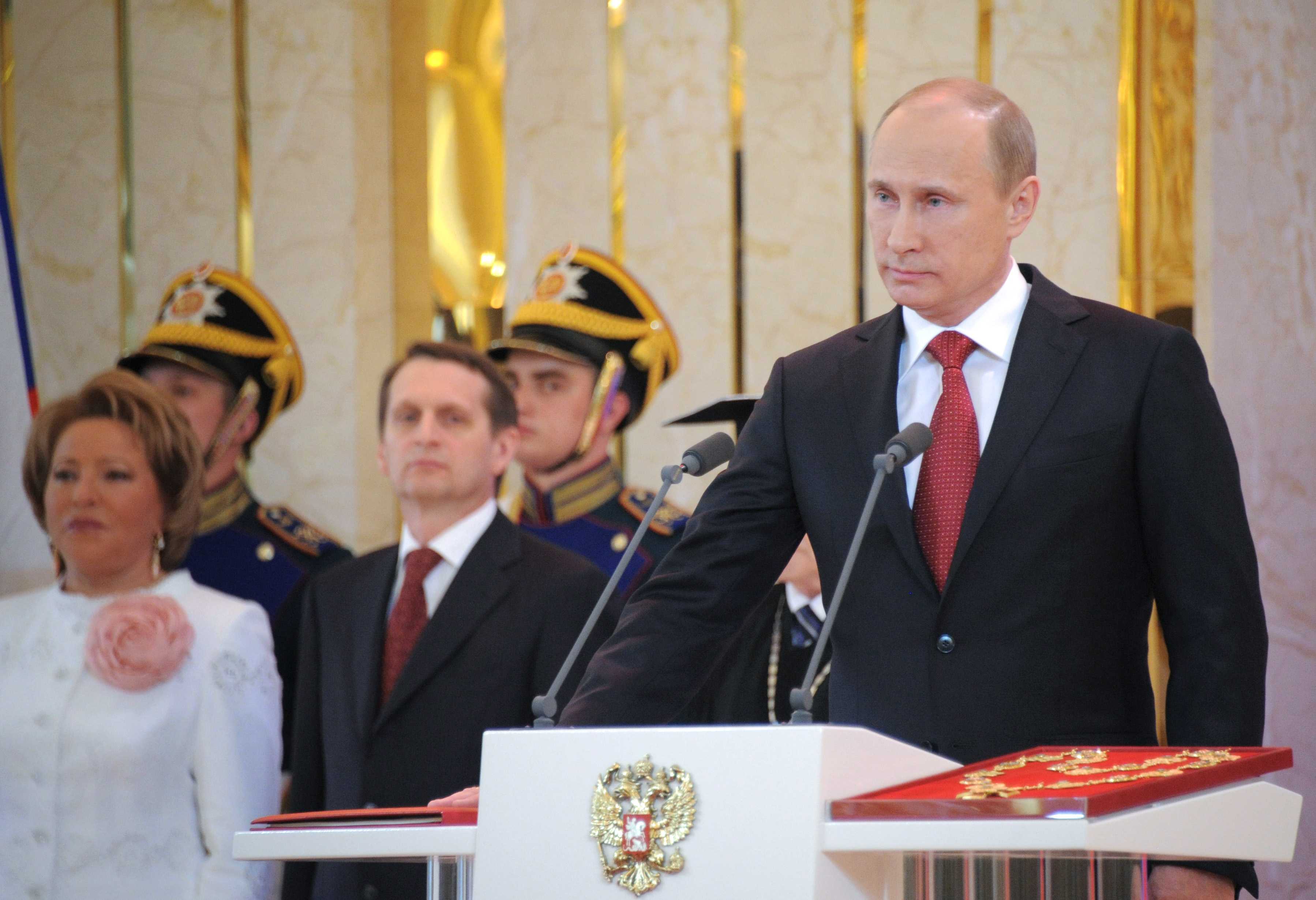|
Kremlin
The Kremlin ( rus, Московский Кремль, r=Moskovskiy Kreml', p=ˈmɐˈskofskʲɪj krʲemlʲ, t=Moscow Kremlin) is a fortified complex in the center of Moscow founded by the Rurik dynasty. It is the best known of the kremlins (Russian citadels), and includes five palaces, four cathedrals, and the enclosing Kremlin Wall with Kremlin towers. In addition, within this complex is the Grand Kremlin Palace that was formerly the Tsar's Moscow residence. The complex now serves as the official residence of the President of the Russian Federation and as a museum with almost 3 million visitors in 2017. The Kremlin overlooks the Moskva River to the south, Saint Basil's Cathedral and Red Square to the east, and the Alexander Garden to the west. The name "''Kremlin''" means "fortress inside a city", and is often also used metonymically to refer to the government of the Russian Federation. It previously referred to the government of the Soviet Union (1922–1991) and its highes ... [...More Info...] [...Related Items...] OR: [Wikipedia] [Google] [Baidu] |
Kremlin Towers
The following is a list of towers of the Moscow Kremlin. The Kremlin Wall is a defensive wall that surrounds the Moscow Kremlin, recognizable by the characteristic notches and its towers. The original walls were likely a simple wooden fence with guard towers built in 1156. The Kremlin is flanked by 19 towers with a 20th, the Kutafya Tower, not part of its walls. Borovitskaya The Borovitskaya Tower (russian: Боровицкая башня) is a corner tower with a through-passage on the west side of the Kremlin. It is named after Borovitsky Hill, one of the seven hills Moscow is standing on. The tower was constructed in 1490 on the spot of an old Kremlin gate by Swiss-Italian architect Pietro Antonio Solari (Petr Fryazin, from or as Italians were called at that time) by order of Vasili III of Russia. In 1658 by orders of tzar Aleksey I of Russia the tower was renamed to ''Predtechenskaya'' (from the Russian word ''предтеча'', ''the forerunner'') after the Chu ... [...More Info...] [...Related Items...] OR: [Wikipedia] [Google] [Baidu] |
Red Square
Red Square ( rus, Красная площадь, Krasnaya ploshchad', ˈkrasnəjə ˈploɕːətʲ) is one of the oldest and largest squares in Moscow, the capital of Russia. Owing to its historical significance and the adjacent historical buildings, it is regarded as one of the most famous squares in Europe and the world. It is located in Moscow's historic centre, in the eastern walls of the Kremlin. It is the city landmark of Moscow, with iconic buildings such as Saint Basil's Cathedral, Lenin's Mausoleum and the GUM. In addition, it has been a UNESCO World Heritage Site since 1990. Location The Red Square has an almost rectangular shape and is 70 meters wide and 330 meters long. It extends lengthways from northwest to southeast along part of the wall of the Kremlin that forms its boundary on the southwest side. In the northeast, the square is bounded by the GUM department store building and the old district of Kitai-Gorod, in the northwest by the State Historical Museum ... [...More Info...] [...Related Items...] OR: [Wikipedia] [Google] [Baidu] |
Kremlin (fortification)
A kremlin ( rus, кремль, r=kreml', p=ˈkrʲemlʲ, a=LL-Q7737 (rus)-Cinemantique-кремль.wav) is a major fortified central complex found in historic Russian cities. This word is often used to refer to the most famous one, the Moscow Kremlin, or metonymically to the government that is based there. Other such fortresses are called ''detinets'', such as the Novgorod Detinets. Etymology The Russian word is of uncertain origin. Different versions include the word originating from the Turkic languages, the Greek language or from Baltic languages. The word may share the same root as ''kremen (russian: кремень, , "flint"). History Kremlins in Rus' The Slavs began to build fortresses to protect their lands from enemies in the ninth century. It is known that the Scandinavians called the Slavic lands the land of fortresses—" Gardariki". Arabic geographer Al-Bakri wrote: "And that is how the Slavs build a large part of their fortresses: they head for meadows, rich ... [...More Info...] [...Related Items...] OR: [Wikipedia] [Google] [Baidu] |
Grand Kremlin Palace
The Grand Kremlin Palace (russian: Большой Кремлёвский дворец - ) was built from 1837 to 1849 in Moscow, Russia, on the site of the estate of the Grand Princes, which had been established in the 14th century on Borovitsky Hill. Designed by a team of architects under the management of Konstantin Thon, it was intended to emphasise the greatness of Russian autocracy. Konstantin Thon was also the architect of the Kremlin Armoury and the Cathedral of Christ the Savior. History The Grand Kremlin Palace was formerly the tsar's Moscow residence. Its construction involved the demolition of the previous Baroque palace on the site, designed by Rastrelli, and the Church of St. John the Baptist, constructed to a design by Aloisio the New in place of the first church ever built in Moscow. Thon's palace is 124 metres long, 47 metres high, and has a total area of about 25,000 square metres. It includes the earlier Terem Palace, nine churches from the 14th, 16th, and ... [...More Info...] [...Related Items...] OR: [Wikipedia] [Google] [Baidu] |
Kremlin Wall
The Moscow Kremlin Wall is a defensive wall that surrounds the Moscow Kremlin, recognisable by the characteristic notches and its Kremlin towers. The original walls were likely a simple wooden fence with guard towers built in 1156. The Kremlin walls, like many cathedrals in the Kremlin, were built by Italian architects. History One of the most symbolic constructions in Russia's history, the Moscow Kremlin Wall can be traced back to the 12th century when Moscow was founded in 1147. The original outpost was surrounded by the first walls in 1156, built by Yuri Dolgoruki, prince of Suzdal, which were most likely a simple wooden fence with guard towers. Destroyed in 1238 by the Mongol-Tartar invasion, the Moscow Kremlin was rebuilt by the Russian Knyaz Ivan Kalita. In 1339-1340 he erected a bigger fortress on the site of the original outpost which was defended by massive oak walls. Thought to be an impenetrable defence from raids, it was proven to be useless against raids which bur ... [...More Info...] [...Related Items...] OR: [Wikipedia] [Google] [Baidu] |
Moscow
Moscow ( , US chiefly ; rus, links=no, Москва, r=Moskva, p=mɐskˈva, a=Москва.ogg) is the capital and largest city of Russia. The city stands on the Moskva River in Central Russia, with a population estimated at 13.0 million residents within the city limits, over 17 million residents in the urban area, and over 21.5 million residents in the metropolitan area. The city covers an area of , while the urban area covers , and the metropolitan area covers over . Moscow is among the world's largest cities; being the most populous city entirely in Europe, the largest urban and metropolitan area in Europe, and the largest city by land area on the European continent. First documented in 1147, Moscow grew to become a prosperous and powerful city that served as the capital of the Grand Duchy that bears its name. When the Grand Duchy of Moscow evolved into the Tsardom of Russia, Moscow remained the political and economic center for most of the Tsardom's history. Whe ... [...More Info...] [...Related Items...] OR: [Wikipedia] [Google] [Baidu] |
Saint Basil's Cathedral
The Cathedral of Vasily the Blessed ( rus, Собо́р Васи́лия Блаже́нного, Sobór Vasíliya Blazhénnogo), commonly known as Saint Basil's Cathedral, is an Orthodox church in Red Square of Moscow, and is one of the most popular cultural symbols of Russia. The building, now a museum, is officially known as the Cathedral of the Intercession of the Most Holy Theotokos on the Moat, or Pokrovsky Cathedral. It was built from 1555 to 1561 on orders from Ivan the Terrible and commemorates the capture of Kazan and Astrakhan. It was the city's tallest building until the completion of the Ivan the Great Bell Tower in 1600. The original building, known as ''Trinity Church'' and later ''Trinity Cathedral'', contained eight chapels arranged around a ninth, central chapel dedicated to the Intercession; a tenth chapel was erected in 1588 over the grave of the venerated local saint Vasily (Basil). In the 16th and 17th centuries, the church, perceived (as with all chur ... [...More Info...] [...Related Items...] OR: [Wikipedia] [Google] [Baidu] |
Moscow Kremlin Museums
Moscow Kremlin Museums (Russian ''Музеи Московского Кремля'', MMK or ''Государственный историко-культурный музей-заповедник «Московский Кремль»'') is a major state-run museum in Moscow Kremlin. Its roots lie in the Kremlin Armoury museum founded in 1806, the current form of the museum started in 1991. The Head of the museum (since 2001) is Yelena Gagarina, daughter of cosmonaut Yuri Gagarin. There were 424,922 visitors to the Kremlin Museums in 2020, a drop of 86 percent from 2019 due to the COVID-19 pandemic, but it still ranked 46th on the List of most-visited art museums in the world in 2020.The Art Newspaper list of most-visited art museums, March 31, 2021 Moscow Kremlin Museums have the following parts: * Kremlin Armoury (Оружейная палата) * Diamond Fund (Алмазный фонд) * Dormition Cathedral (Успенский Собор) * Cathedral of the Archangel (А ... [...More Info...] [...Related Items...] OR: [Wikipedia] [Google] [Baidu] |
Kremlin Armoury
The Kremlin Armoury,Officially called the "Armou/ory Chamber" but also known as the cannon yard, the "Armou/ory Palace", the "Moscow Armou/ory", the "Armou/ory Museum", and the "Moscow Armou/ory Museum" but different from the Kremlin Arsenal. (russian: Оружейная палата) is one of the oldest museums of Moscow, located in the Moscow Kremlin, now a part of Moscow Kremlin Museums. The Kremlin Armoury originated as the royal arsenal in 1508. Until the transfer of the court to St Petersburg, the Armoury was in charge of producing, purchasing and storing weapons, jewelry and various household articles of the tsars, and valuables stolen from occupied countries. The finest Muscovite gunsmiths (the Vyatkin brothers), jewelers (Gavrila Ovdokimov), and painters ( Simon Ushakov) used to work there. In 1640 and 1683, they opened the iconography and pictorial studios, where the lessons on painting and handicrafts could be given. In 1700, the Armoury was enriched with the ... [...More Info...] [...Related Items...] OR: [Wikipedia] [Google] [Baidu] |
President Of Russia
The president of the Russian Federation ( rus, Президент Российской Федерации, Prezident Rossiyskoy Federatsii) is the head of state of the Russian Federation. The president leads the executive branch of the federal government of Russia and is the commander-in-chief of the Russian Armed Forces. It is the highest office in Russia. The modern incarnation of the office emerged from the president of the Russian Soviet Federative Socialist Republic (RSFSR). In 1991, Boris Yeltsin was elected president of the RSFSR, becoming the first non Communist Party member to be elected into Soviet politics. He played a crucial role in the dissolution of the Soviet Union which saw the transformation of the RSFSR into the Russian Federation. Following a series of scandals and doubts about his leadership, violence erupted across Moscow in the 1993 Russian constitutional crisis. As a result, a new constitution was implemented and the 1993 Russian Constitution remai ... [...More Info...] [...Related Items...] OR: [Wikipedia] [Google] [Baidu] |
Kremlinology
Kremlinology is the study and analysis of the politics and policies of the Soviet Union while Sovietology is the study of politics and policies of both the Soviet Union and former communist states more generally. These two terms were synonymous until the dissolution of the Soviet Union. In popular culture, the term is sometimes used to mean any attempt to understand a secretive organization or process, such as plans for upcoming products or events, by interpreting indirect clues. The founder of Kremlinology is considered to be Alexander Zinoviev. The term is named after the Kremlin, the seat of the former Soviet government. Kremlinologist refers to academic, media, and commentary experts who specialize in the study of Kremlinology. The term is sometimes sweepingly used to describe Western scholars who specialized in Russian law, although the correct term is simply ''Russian law'' scholar. Sovietologists or Kremlinologists should also be distinguished from transitologists, schola ... [...More Info...] [...Related Items...] OR: [Wikipedia] [Google] [Baidu] |
Tsar Cannon
The Tsar Cannon (russian: Царь-пушка, ''Tsar'-pushka'') is a large early modern period artillery piece (known as a ''bombarda'' in Russian) on display on the grounds of the Moscow Kremlin. It is a monument of Russian artillery casting art, cast in bronze in 1586 in Moscow, by the Russian master bronze caster Andrey Chokhov. Mostly of symbolic impact, it was never used in a war. However, the cannon bears traces of at least one firing. Per the ''Guinness Book of Records'' it is the largest bombard by caliber in the world, and it is a major tourist attraction in the ensemble of the Moscow Kremlin. Description The Tsar Cannon is located just past the Kremlin Armory, facing towards the Kremlin Senate. The Tsar Cannon is made of bronze; it weighs and has a length of .Portnov 1990, p. 19 Its bronze-cast barrel has an internal diameter of , and an external diameter of . The barrel has eight cast rectangular brackets for use in transporting the gun, which is mounted on a styliz ... [...More Info...] [...Related Items...] OR: [Wikipedia] [Google] [Baidu] |









